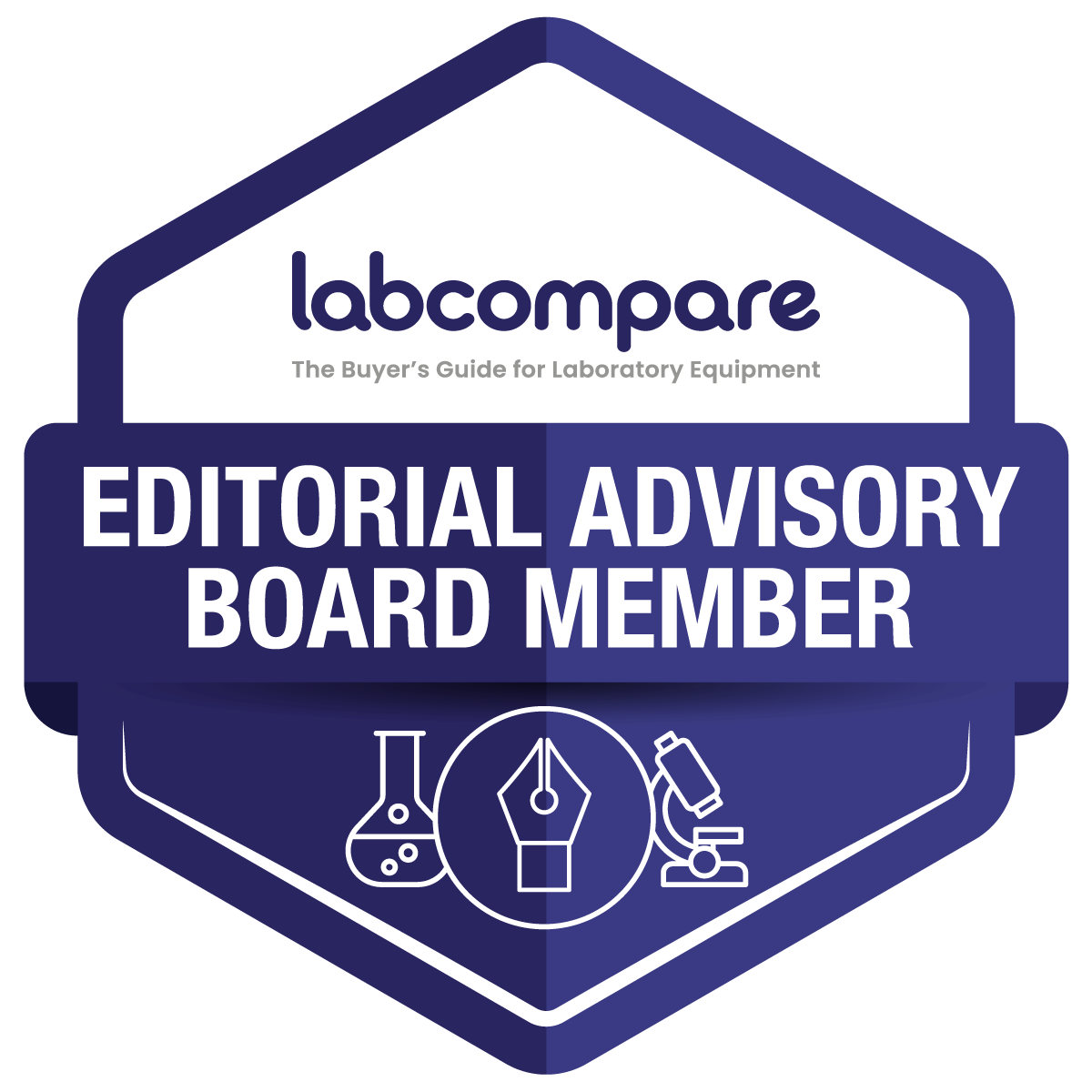
Part I of this article, published on March 14 and available here, discussed the recent advancements of optical spectroscopy methods, from wave-particle duality to photoacoustic imaging, multiphoton spectroscopy, 3-D imaging and more. This article, Part II in the series, details how scientists and researchers have leveraged these optical spectroscopy innovations.
Wearable optical spectrometry
An Apple Watch provides pO2, heart rate, sinus rhythm and electrocardiogram readings. The next iPhone in Apple’s series may offer a blood sugar assay and body temperature. These applications are enabled with a green laser that probes circulatory status. The list of diagnostic apps will only increase in the future.
Rockley Photonics (UK) is one firm that develops and markets wearable systems for personalized monitoring of multiple biophysical and biochemical markers. Rockley’s mission statement says it all: “photonics as pervasive as microelectronics.” The clinic-on-the-wrist relies on several laser outputs on a single chip that trans-dermally monitor homeostasis. Interestingly, Apple is Rockley’s largest customer.
In the future, expect to see more specific biomarkers and diagnostics based upon fluorescent dyes that respond only to the presence of pathogens. New wristbands will most likely contain their own power supply—possibly the human wearer themselves.
Eyewear may also soon be a host platform for optical signaling for diagnostics. The eye is transparent, with blood circulating close to the surface. Another crying need is identity verification using infrared images of the eye. The latter could eventually replace passwords for identity verification.
Brillouin spectroscopy
Materials scientists are synthesizing and studying complex chemicals for unusual properties, such as viscoelastic properties of bulk material using Brillouin spectrometers. Life scientists are using Brillouin instruments to study physiological properties of living cells. The ability to measure the mechanical properties of cells has potential diagnostic and prognostic value. Sickle cell anemia may be an example.
Brillouin spectroscopy measures photon-phonon interactions that arise when photons interact with solids. When a photon hits a solid, the amount of energy imparted by the phonon to the photon is very small, typically ranging between 0.1 to 6 cm-1. This is much lower than the range of Raman scattering, which is 10 to 4,000 cm-1.
Instrumentation for Brillouin spectrometry is available from Light Machinery. They also provide application notes on curing of adhesives, characterization of thin films and general life science research.
Foods, fats, proteins and more
Scattering of light in turbid samples is a common problem since it is frustrating to separate the signal from scattering and light absorbance. Marama Labs has developed the Cloudspec, which uses a sample cuvette mounted in a highly polished integrating sphere cavity that prevents scattered light from escaping, which is measured as background. The optical absorbance by the sample can be measured directly using proprietary algorithms to correct for the modified pathlength in the cuvette. The Cloudspec reports a scattering-free absorption and scattering spectrum with a cycle time of 10 seconds/sample. Anticipated applications include wines, beers, fat and vitamin content of milk and water, including wastewater, fermentation broth and drug formulations.
Additionally, Lumex expanded its line of FT-NIR instruments with the introduction of the InfraLUM FT-12 Whole Grain analyzers for grains and flour without any sample pre-treatment. The sample cell is filled with the sample (~500 g of grain milled powder) and placed in the instrument. The results are available 90 seconds later. The manufacturer provides calibration data bases for analytes and sample matrix.
Complimentary IR spectroscopy
Asymmetric vibrational modes of molecules are detected by infrared spectroscopy. Raman spectroscopy is based upon symmetric vibration modes. These are usually two different instruments. A paper authored by a team at the University of Tokyo combines both techniques with a single instrument for Complimentary Vibrational Spectroscopy (CVS) that records spectra in the fingerprint midinfrared (MIR) region.1 The instrument uses dual modal Fourier transform generated by nonlinear optic scans starting with short duration (10 fs) laser pulses of NIR light impinging on a gallium selenide filter. This produces broadband light pulses in the MIR, which is focused on the sample. Separate Raman and infrared photodetectors feed their signals to the digitizer and generate the spectral output. The inventors say CVS technology is well-suited to explore how label-free molecules change shape.
With all the significant advances described above, what may the future look like? The growth curve in new optical spectroscopy seems to be in an early (innovative) stage. As applications develop, the laboratory industry will need trained scientists and engineers.
Anticipating this, the U.S. Defense Department has awarded a $34 million, five-year grant to the Center of Optics Manufacturing (AmeriCOM) to train optical technicians. The goal of AmeriCOM is to increase the precision optics workforce by identifying and filling gaps in the industrial base for development of optical systems, thereby also reducing a critical workforce shortage.
AmeriCOM is located in Rochester, NY, an interesting location as it once was a major optical center in the 1970s—home to Eastman Kodak, Bausch & Lomb, Polaroid, and Xerox. Further north, Canada recently announced the creation of the Institute National d’Optique (INO) with a grant of $55 million for a 6-year program to foster innovations in optics and photonics.

References
1. Hashimoto, K., Badarla, V.R., Kawai, A. et al. Complementary vibrational spectroscopy. Nat Commun 10, 4411 (2019). https://doi.org/10.1038/s41467-019-12442-9
About the Author: Robert Stevenson, Ph.D., is a member of Labcompare's Editorial Advisory Board and Editor Emeritus of Labcompare and American Laboratory. He has been involved in developing instrumentation and enabled applications since the late 1960's at firms including Varian, Altex, Bio-Rad, and TosoHaas. Stevenson has been a regular contributor to American Laboratory since its founding in 1968. He has authored more than 450 papers on new technology and applications.